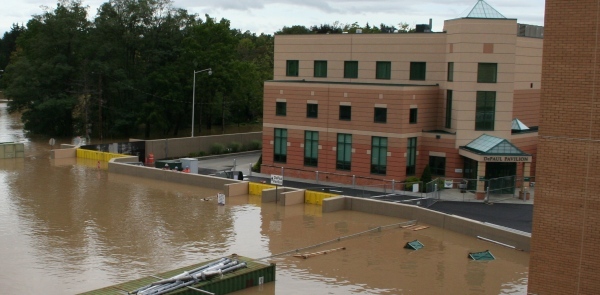FloodBreak featured in FEMA Floodproofing Non-Residential Buildings Publication

FEMA P-936, Floodproofing Non-Residential Buildings, features two hospital flood mitigation projects with floodwalls and FloodBreak® passive flood barriers. The new publication is intended to assist local government officials, engineers, architects, and property owners involved in the planning and implementation of floodproofing retrofits. Both hospital mitigation projects were FEMA funded and used a combination of floodwalls and passive flood […]
Hospital Featured in FEMA Floodproofing Publication

Lourdes was one of two hospitals included as a best practice in FEMA P-936, Floodproofing Non-Structural Buildings.
FloodBreak Passive Floodgates included in two FEMA Best Practices stories

The Federal Emergency Management Agency (FEMA) has included FloodBreak in two Mitigation Best Practices stories to showcase projects that show how others have taken action to reduce or prevent future damage from disasters like flooding. Columbus Regional Hospital, IN – Flood mitigation best practice story Lourdes Hospital, NY – Flood mitigation best practices story Columbus Regional […]
